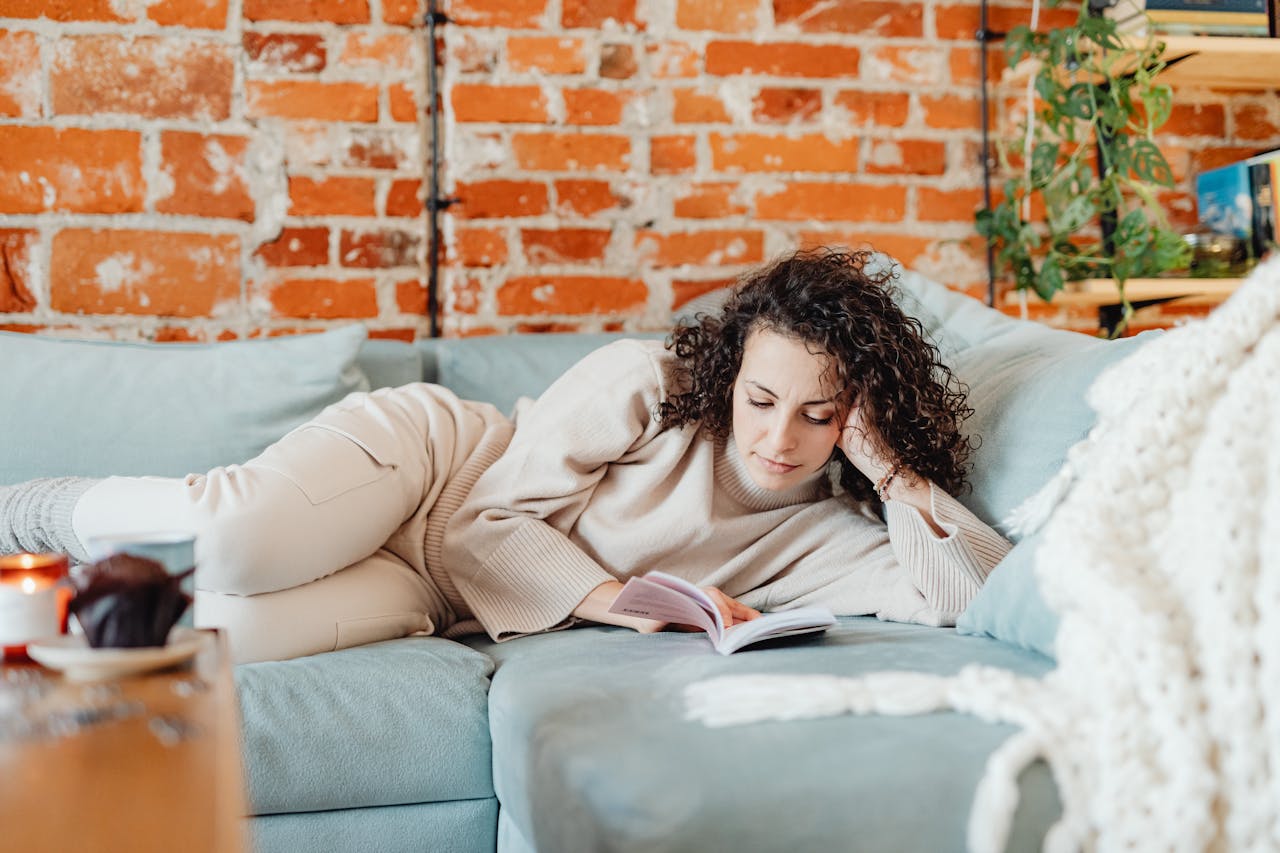How to Practice Hygge for Mental Wellbeing
**Excerpt: "How to Practice Hygge for Mental Wellbeing"**
Imagine curling up under a soft blanket with a steaming cup of tea, the warm glow of candles dancing around the room, and your favorite book in hand. Sounds dreamy, right? That’s the magic of *hygge*, the Danish secret to happiness and coziness. But it’s more than just fluffy socks and hot chocolate—hygge is a lifestyle that can transform your mental wellbeing. Want to learn how to turn your home into a sanctuary of calm and discover the simple pleasures that can brighten your life? Grab your coziest blanket, and let’s dive in!
In today’s fast-paced world, many of us yearn for a sense of comfort and calm. Enter hygge (pronounced “hoo-gah”), a Danish concept that embodies coziness, connection, and contentment. At its core, hygge is about creating a warm, inviting atmosphere and cherishing the simple pleasures of life. Practicing hygge can positively impact your mental wellbeing by encouraging mindfulness, relaxation, and a sense of belonging. Here’s how to embrace hygge in your daily life.

1. Create a Cozy Atmosphere
A key element of hygge is cultivating a space that feels warm and inviting. Start with soft lighting—candles, fairy lights, or a dimmable lamp can set the mood for relaxation. Add plush textures like throw blankets, cushions, and a cozy rug to your living space. Scented candles or essential oils, such as lavender or vanilla, can enhance the ambiance by promoting calmness. When your surroundings feel comforting, it becomes easier to let go of stress and enjoy the present moment.

(Photo by Photo By: Kaboompics.com)
2. Embrace Simple Pleasures

Hygge emphasizes slowing down and savoring life’s little joys. This might mean enjoying a cup of herbal tea in your favorite mug, reading a good book under a warm blanket, or baking homemade treats. Incorporating tactile activities, such as knitting, journaling, or even coloring, can also help you unwind. The act of indulging in simple pleasures not only boosts happiness but also reduces the mental clutter that often accompanies modern living.
3. Foster Connection
Hygge is not just about solitude—it also celebrates meaningful connections with others. Invite friends or family for an intimate gathering, like a potluck dinner or game night. Focus on creating an environment where everyone feels comfortable and valued. Sharing stories, laughter, and good food builds a sense of community and strengthens relationships, both of which are essential for mental wellbeing.

4. Spend Time in Nature

A walk in the park, a picnic by the lake, or simply sitting by a window watching the rain can bring a touch of hygge to your day. Nature has a calming effect on the mind, and incorporating natural elements like fresh flowers, indoor plants, or wooden decor into your space can enhance the connection. Studies show that spending time in nature reduces stress and boosts mood, making it a vital aspect of a hygge-inspired lifestyle.
(Photo by Kate Amos)
5. Prioritize Mindful Relaxation
Hygge encourages intentional relaxation and the art of doing nothing without guilt. Designate time for activities that soothe your soul, whether that’s meditating, listening to soft music, or soaking in a warm bath. Investing in items like a comfortable robe, fuzzy socks, or an aromatherapy diffuser can elevate these moments of rest. When we allow ourselves to truly unwind, it replenishes our mental and emotional energy, leaving us more resilient to life’s challenges.
(Photo by Taryn Elliott)

The Benefits of Hygge
Practicing hygge can lead to numerous benefits for mental wellbeing, including reduced stress, enhanced mindfulness, and improved relationships. The sense of comfort and contentment it fosters allows you to recharge and maintain a positive outlook on life. While hygge may seem like a small step, its cumulative impact on mental health can be profound.
Disclaimer:
This article is for educational purposes only. Always consult a healthcare professional before making any lifestyle changes.
